Kirkcaldy is, in many ways, emblematic of the SNP’s recent dominance of Scotland.
Once the unassailable citadel of former Labour Prime Minister Gordon Brown, it has since fallen into the hands of Nationalists at both Holyrood and Westminster.
Indeed, in the 2011 Scottish Parliament election it was the Labour Party’s defeat in Kirkcaldy that gave the SNP its 65th seat and confirmed its historic majority, leading to the independence referendum just three years later.
As Alex Salmond would declare some hours after the result was announced: “Kirkcaldy is my kind of town.”
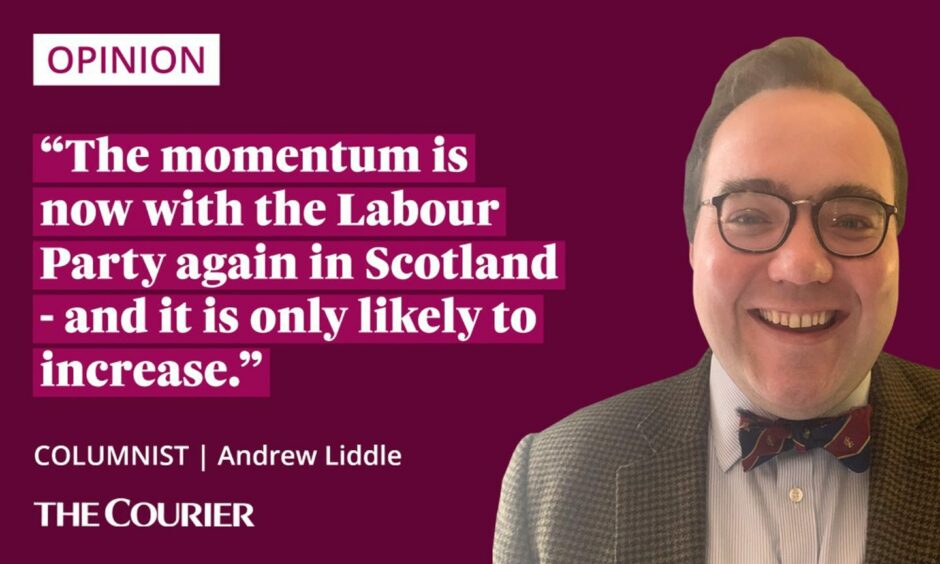
Fast-forward to today, however, and the situation is seemingly set to reverse again.
As Sir Keir Starmer’s visit to his party’s former stronghold shows, the Labour Party is increasingly convinced – despite its insistence it takes nothing for granted – that it can win in places like Kirkcaldy once again.
Scotland polls promising for Keir Starmer
The data is increasingly backing up the Labour Party’s confidence.
Polling company YouGov released a survey this week that uses a statistical model to determine how people will vote in individual constituencies.
This is more surgical than the crude bludgeon of anticipating an outcome based on a universal swing, as YouGov proved by using this method to correctly predict the result of the 2017 and 2019 general elections.
This analysis indicated that the Labour Party would not only win back Kirkcaldy, but would take a remarkable 23 seats – including all of those in Glasgow – from the SNP.
The caveat is that this poll is done on the current constituency boundaries, which are due to change. But it nevertheless suggests Scottish Labour is in line for a big win at the SNP’s expense.
YouGov’s prediction is particularly noteworthy because – were it to be repeated at the general election – it would be the highest number of seats Labour has gained in Scotland at a single election for more than 100 years.
This would surpass even the 17 seats it gained during its famous landslide victory in 1945.
No wonder the SNP is panicking…
At the next election Labour will boot this morally bankrupt Tory government out and deliver a stronger Scotland in a transformed U.K.
Change is coming… https://t.co/stictwOI77
— Ian Murray MP (@IanMurrayMP) May 24, 2023
Indeed, barring the SNP’s unprecedented triumph in 2015, it would also represent the most seats to change hands in Scotland since 1931.
Can Labour gain from SNP falls?
Perhaps of even greater consequence was a poll by Ipsos Scotland, which revealed that the link between independence supporters and voting SNP is increasingly frayed, if not completely broken.
Of those who voted in favour of independence in 2014, just 69% said they would vote SNP at the next election. That’s a fall of 12% in six months.
Scottish Labour has been the central beneficiary of that fall, with its level of support among Yes voters rising by nine percent.
Breaking the link between independence and voting intention at elections is vital to a Scottish Labour recovery.
Since 2014, the constitutional question has dominated the electorate’s decision-making, with pro-UK voters backing pro-UK parties, and pro-independence supporters backing the SNP.
This framework, which has squeezed Labour’s vote and locked it out of contention in most seats, now appears to be shattering following Nicola Sturgeon’s resignation and the police investigation into the SNP’s finances.
None of this is to suggest the Labour Party is certain of a resurgence in Scotland.
The party still faces an uphill struggle to persuade many independence supporters to return to the fold, while Starmer himself will also face difficulty in trying to win socially-liberal Scottish voters and socially-conservative northern English voters simultaneously.
Nevertheless, the momentum is now with the Labour Party again in Scotland – and it is only likely to increase when it wins the coming by-election in Rutherglen and Hamilton West.
Should political developments continue their current trajectory, it seems increasingly likely it will be Starmer who gets to declare Kirkcaldy is his kind of town.
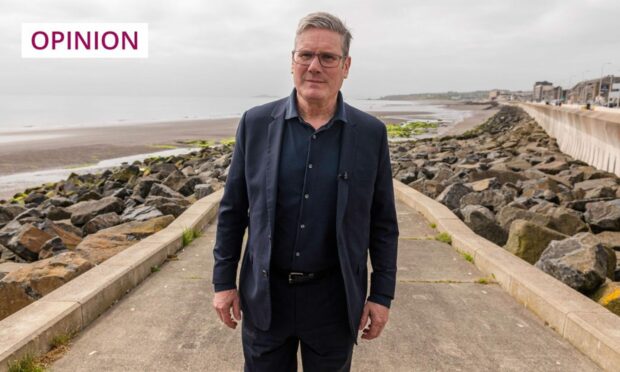
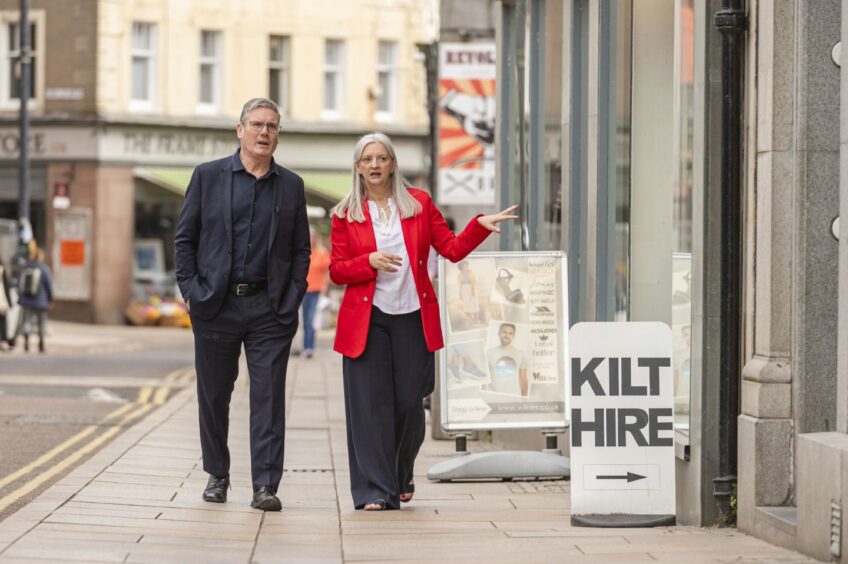
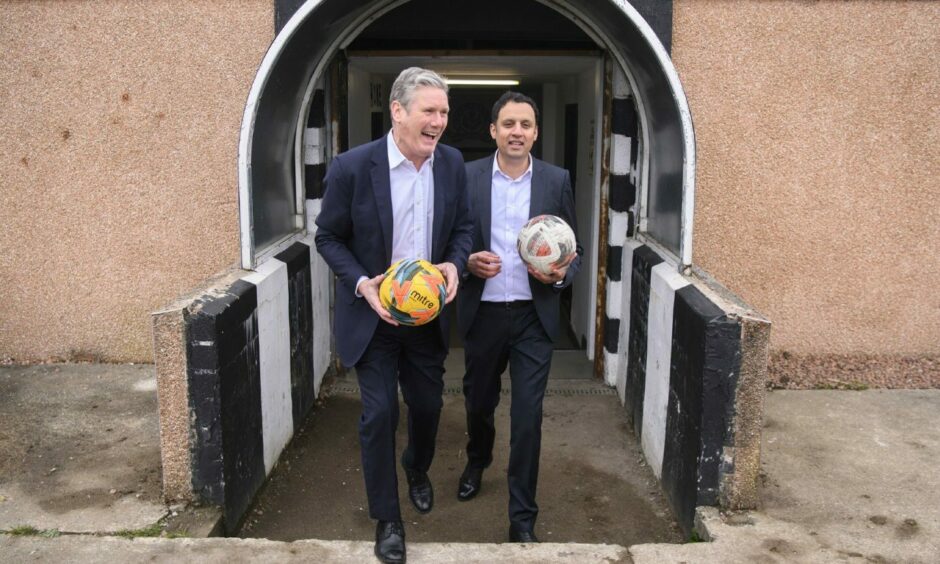
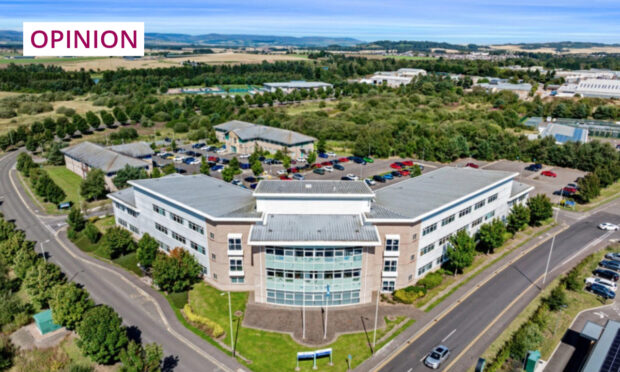
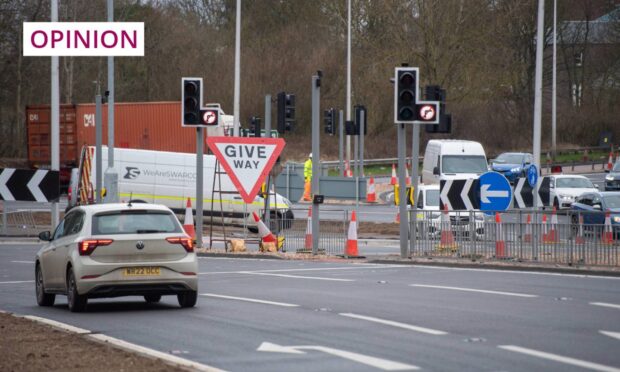
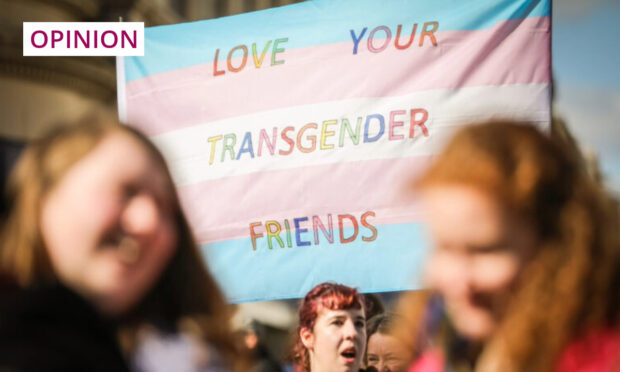
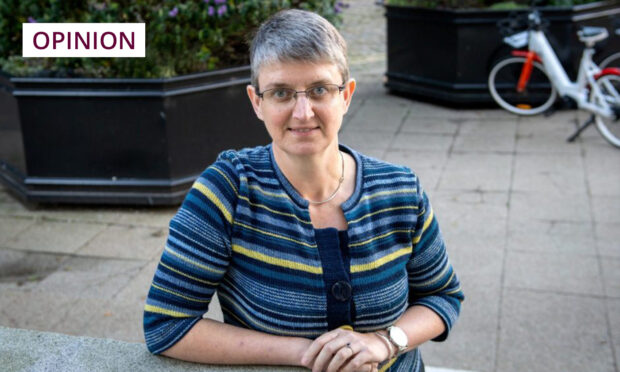






Conversation